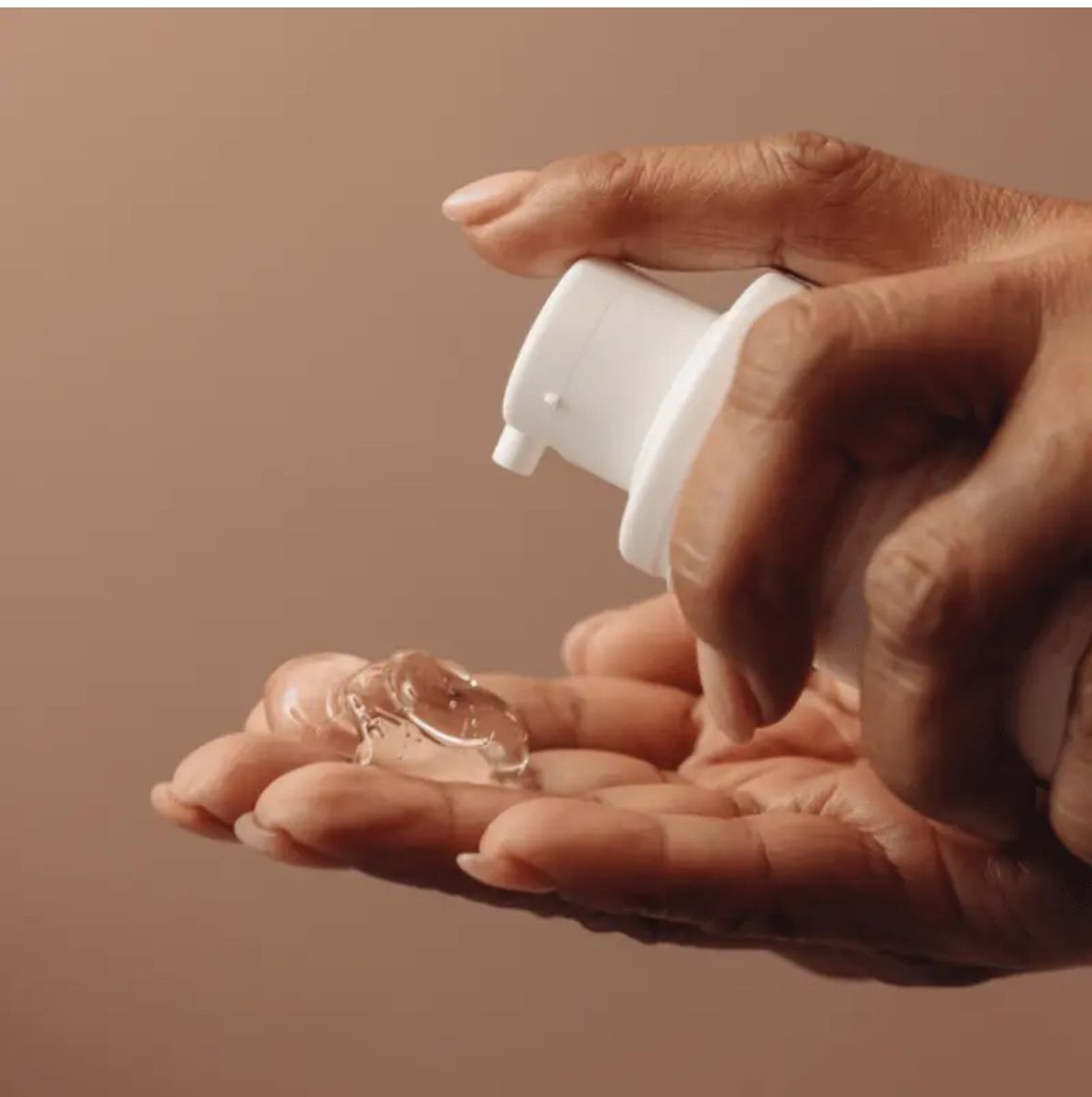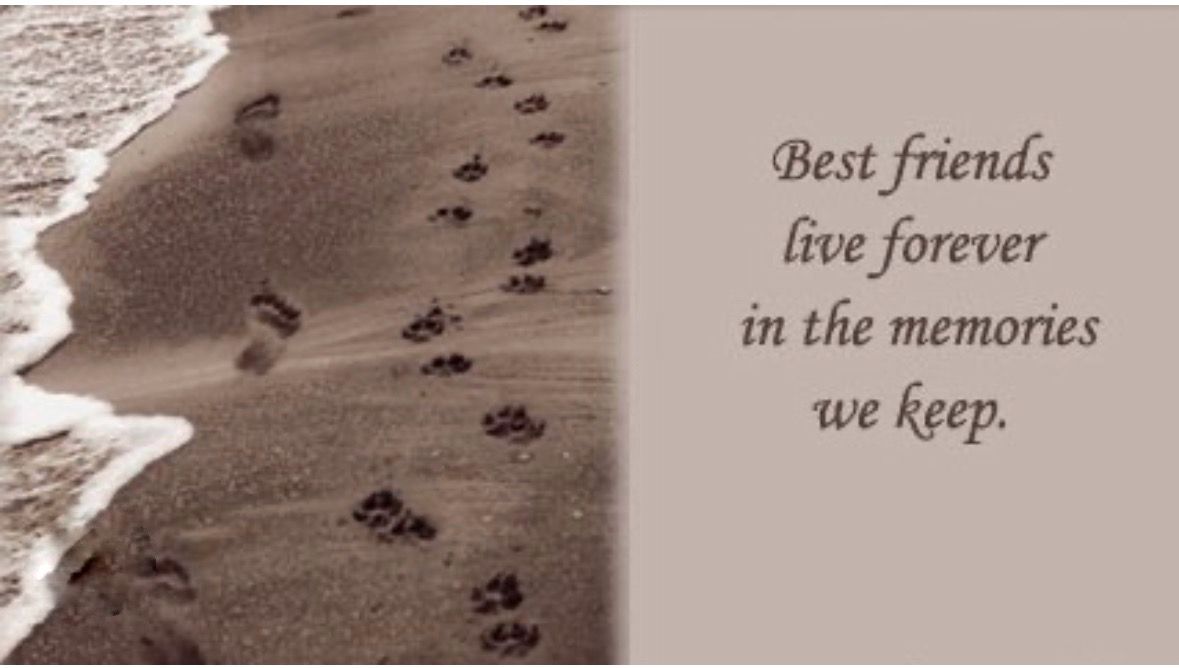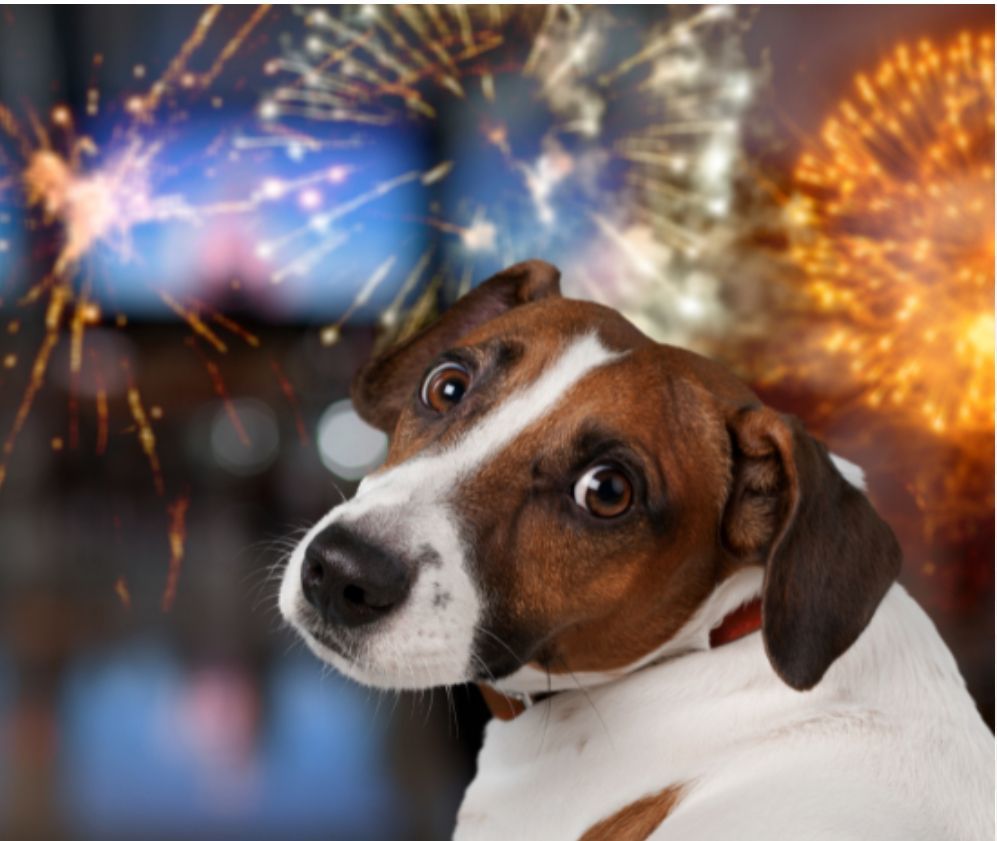HRT and Dogs: What Every Pet Owner Needs to Know
Protecting Your Dog from Accidental Hormone Exposure

HRT and Dogs: What Every Pet Owner Needs to Know
As a dog walker and lifelong dog lover, I spend a lot of time thinking about how our everyday choices impact our four-legged companions. As a HRT (Hormone Replacement Therapy) user, I learned there’s more to it than managing symptoms and navigating the ups and downs of hormones.
What many people don’t realise is that some forms of HRT, especially gels and creams, can pose a risk to dogs.
The Hidden Risk: Hormone Transfer
Transdermal HRT (applied to the skin) is a common and convenient option for many going through menopause or gender-affirming treatment. But if not used carefully, the hormones can transfer to surfaces, fabrics — and even directly to your pets.
Dogs can absorb these hormones through their skin or by licking contaminated areas. And even small amounts can cause health problems, such as:
In Females:
- Uterine infection
- Enlarged vulva
- Bloody discharge from the vulva
In males:
- Inflamed penis
- Small testes and/or undescended testicle in dogs 6+months
- Shrunken penis
In both Sexes:
- Enlarged mammary glands (in both male and female dogs)
- Increased interest from other dogs and/or attraction towards others
- Inappropriate indoor urination
- Vomiting and or diarrhoea
- Decreased appetite
- Behavioural changes
- Fur loss or skin irritation
- Lethargy or mood shifts
Real Talk: This Caught Me Off Guard
I’m not writing this as a warning from a vet textbook — I’m writing this as someone who didn’t know the risks until I started HRT myself. Like many others, I applied my gel in the morning, got dressed. No second thought. But hormone residue can stay on the skin, soak into clothing, and transfer to anything you touch — including leads, seats, and yes, your dogs. Especially worrying when you think about how often they lean against us, snuggle on laps, or give us a cheeky lick.
The more I read, the more I realised: this is something we need to talk about in the dog-owning community.
My Solution: A Simple Change
After learning more, I decided to change when I apply my HRT. Now I spray in the evening, before bed when I'm not coming into contact with dogs or equipment straight after. It's such a small shift, but it gives me peace of mind - especially with the number of lovely dogs I spend time with every day.
What You Can Do to Keep Your Dogs Safe
If you’re using HRT and have dogs at home — or walk dogs for a living like I do — here are a few simple steps to reduce the risk:
• Apply the gel or cream to areas dogs can’t lick or touch
• Wash your hands thoroughly after applying.
• Let the gel fully dry before getting dressed and avoid letting dogs sit on your lap or lick your skin for at least an hour.
• Wear long sleeves or trousers to cover treated areas when handling dogs.
• Wash any clothing that may have come into contact with the product before re-wearing.
• Speak to your vet if your dog is showing unusual symptoms — and mention HRT as a possible factor.
It’s Not About Shame — It’s About Awareness
This post isn’t here to scare anyone. HRT has been a lifeline for me, and for many others. But just like we keep chocolate, grapes, and paracetamol out of paws’ reach — we need to be just as careful with our own medications.
Dogs are curious, affectionate, and always nearby — which is one of the best things about them. It also means we owe it to them to be aware of what we’re bringing into their space.
Stay safe — for you and your pup.
Love,
🐾 Muddy Paws Adventures



